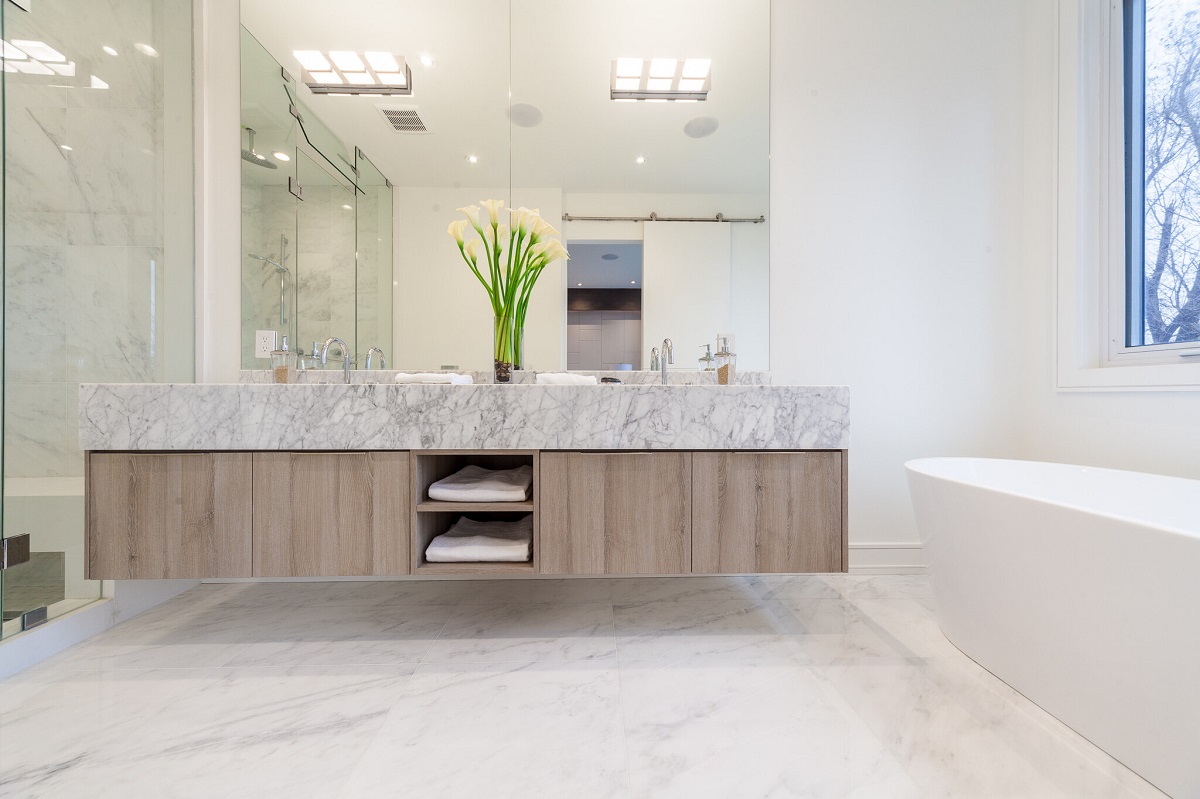

Articles
What Is A Floating Vanity
Modified: October 20, 2024
Discover the benefits and options of floating vanities with our informative articles. Enhance your bathroom design with this modern and space-saving solution.
(Many of the links in this article redirect to a specific reviewed product. Your purchase of these products through affiliate links helps to generate commission for Storables.com, at no extra cost. Learn more)
Introduction
If you’re looking to add a touch of modern elegance to your bathroom, then a floating vanity may be just the solution you need. A floating vanity, also known as a wall-mounted vanity, is a stylish and functional piece of furniture that can transform the look and feel of your bathroom.
Unlike traditional vanities that are supported by legs or a base, floating vanities are mounted directly to the wall, creating a sleek and contemporary aesthetic. Not only do they provide a clean and minimalist appearance, but they also offer several practical benefits that make them a popular choice among homeowners and interior designers alike.
In this article, we’ll explore the definition of a floating vanity, discuss the benefits they offer, delve into the various design options available, provide insights into the installation process, and offer tips on how to maintain and care for these unique bathroom fixtures.
Key Takeaways:
- Elevate your bathroom with a floating vanity, creating a modern and spacious aesthetic while maximizing storage and simplifying maintenance. It’s a stylish and practical choice for any home.
- Customize your bathroom with a sleek and contemporary floating vanity, offering a wide range of design options to reflect your personal style and enhance the overall ambiance.
Read more: How To Hide Pipes Under Floating Vanity
Definition of a Floating Vanity
A floating vanity is a bathroom fixture that is mounted directly to the wall, creating the illusion that it is “floating” above the floor. Unlike traditional vanities that rest on the floor, floating vanities are designed to be elevated, thereby adding a sense of visual lightness and spaciousness to the bathroom.
These vanities typically consist of a cabinet or drawers for storage, a countertop, and a sink. They are available in a range of materials, including wood, glass, and metal, allowing you to choose a style that best complements your bathroom decor.
One of the key features of a floating vanity is the absence of visible supports or legs. Instead, they are secured to the wall using brackets or a mounting system that provides stability and durability. This design element not only creates a seamless and contemporary look but also makes cleaning the floor beneath the vanity easier.
Floating vanities are known for their versatility and can be customized to suit different bathroom sizes and layouts. Whether you have a spacious master bathroom or a compact powder room, there is a floating vanity option available to maximize storage and functionality while maintaining a sleek appearance.
Benefits of a Floating Vanity
Investing in a floating vanity for your bathroom can offer a range of benefits that go beyond just aesthetic appeal. Let’s explore some of the advantages of incorporating a floating vanity into your bathroom design:
- Space-Saving: Floating vanities are ideal for smaller bathrooms as they create the illusion of more space. By elevating the vanity off the floor, it visually expands the area, making the room feel larger and less cluttered. This is especially beneficial in bathrooms where space is limited.
- Easy Cleaning: The open area beneath a floating vanity makes cleaning the bathroom floor a breeze. Without any legs or base to hinder access, you can easily sweep or mop the floor without any obstacles in your way. This makes maintenance more convenient and time-efficient.
- Modern and Stylish: Floating vanities are a trendy and contemporary choice for modern bathrooms. Their clean lines and minimalistic design provide a sleek and stylish look that can elevate the overall aesthetics of your bathroom. They are available in a variety of materials, finishes, and colors, allowing you to customize the vanity to match your personal style.
- Storage Options: Despite their streamlined appearance, floating vanities can still offer ample storage space. They typically feature drawers or cabinets to store bathroom essentials, keeping the countertop clutter-free. You can choose from different configurations to suit your storage needs, whether you require a single or double vanity.
- Adjustable Height: Unlike traditional vanities, which have a fixed height based on the legs or base, floating vanities offer flexibility in terms of mounting height. This can be advantageous if you have specific requirements, such as accommodating a taller or shorter individual or ensuring accessibility for individuals with mobility needs.
Overall, the combination of functionality, space-saving features, and contemporary design makes floating vanities a popular choice for homeowners looking to upgrade their bathrooms. The benefits they provide can enhance both the visual appeal and functionality of your space, transforming an ordinary bathroom into a modern oasis.
Design Options for Floating Vanities
Floating vanities offer a wide range of design options, allowing you to customize your bathroom and create a look that aligns with your personal style. Here are some popular design options to consider:
- Material: Floating vanities come in various materials, each offering its own unique aesthetic and durability. Common materials include wood, glass, metal, and acrylic. Wood offers a warm and natural appeal, while glass adds a touch of modern elegance. Metal and acrylic can lend a sleek and contemporary vibe to your bathroom.
- Colors and Finishes: From bold and vibrant hues to subtle and muted tones, floating vanities are available in a wide array of color options. You can choose a finish that complements the overall theme of your bathroom, whether it’s a glossy white, rich espresso, or natural wood grain. Consider the color scheme and ambiance you want to create in your bathroom when selecting a color and finish.
- Sink Style: Floating vanities can accommodate various sink styles, giving you the opportunity to customize the look and functionality of your vanity. Options include undermount sinks, vessel sinks, and integrated sinks. Think about the size and shape that best suits your needs and preferences.
- Countertop Materials: The countertop of a floating vanity is another element where you can showcase your personal style. Popular choices include marble, granite, quartz, concrete, and solid surface materials. Each material has its own unique attributes, such as durability, resistance to stains, and heat resistance.
- Storage Configuration: Floating vanities offer various storage options to cater to different needs. You can choose from drawers, cabinets, open shelves, or a combination of these. Consider your storage requirements and how you prefer to organize your bathroom essentials to select the most suitable storage configuration.
Remember, the design options for floating vanities are plentiful, allowing you to get creative and design a vanity that reflects your personal taste and complements your bathroom’s overall theme. Take your time to explore different styles, materials, and finishes to create a unique and visually appealing floating vanity.
When installing a floating vanity, make sure to secure it properly to the wall studs for stability. Use a level to ensure it is straight and consider hiring a professional if you are unsure about the installation process.
Installation Process of a Floating Vanity
Installing a floating vanity requires careful planning and attention to detail to ensure stability and proper functionality. While it is recommended to hire a professional for installation, if you are a DIY enthusiast with some basic knowledge of plumbing and carpentry, you can attempt the installation process yourself. Here are the general steps involved:
- Measurements and Planning: Begin by measuring the space where you intend to install the floating vanity. Consider the width, height, and depth of the vanity, as well as the location of any existing plumbing connections. Use these measurements to choose a vanity that fits your space and requirements.
- Prepare the Wall: Ensure that the wall is sturdy and capable of supporting the weight of the vanity. This may involve locating wall studs or using appropriate anchors or toggle bolts to secure the vanity. If necessary, consult a professional to assess the wall’s structural integrity.
- Install Wall Brackets: Determine the appropriate height for your floating vanity and mark it on the wall. Install the wall brackets or mounting system according to the manufacturer’s instructions. Make sure the brackets are securely fastened to the wall and level with each other.
- Plumbing Connections: If your vanity includes a sink, connect the plumbing lines according to the instructions. This may involve attaching the faucet, drain, and water supply lines. If you are not experienced with plumbing, it is advisable to consult a professional to ensure proper installation and prevent any leaks.
- Mount the Vanity: With the wall brackets in place and the plumbing connections completed, carefully lift the vanity and align it with the brackets. Slowly lower the vanity onto the brackets, ensuring it sits securely and evenly. Use a level to confirm that the vanity is straight and adjust if necessary.
- Secure the Vanity: Once the vanity is in position, use screws or brackets provided by the manufacturer to secure it to the wall brackets. Double-check the stability and make any necessary adjustments to ensure the vanity is securely fastened.
- Connect the Plumbing: If you have not already done so, connect the plumbing lines to the appropriate fittings on the back of the vanity. Test for any leaks and make any necessary adjustments or repairs.
- Finish and Caulk: Once the vanity is securely mounted and the plumbing is connected, apply a waterproof silicone caulk around the edges of the sink and countertop. This will provide a watertight seal and prevent any water damage to the wall or cabinet.
It’s important to note that the specific installation process may vary depending on the manufacturer’s instructions and the unique characteristics of your bathroom. If you are unsure or uncomfortable with any part of the installation, it is always recommended to seek professional assistance to ensure a safe and successful installation of your floating vanity.
Read more: How Do You Install A Floating Vanity
Maintenance and Care for Floating Vanities
To keep your floating vanity looking its best and functioning properly for years to come, it’s important to follow a regular maintenance and care routine. Here are some tips to help you maintain your floating vanity:
- Cleaning: Regularly clean the vanity with a mild, non-abrasive cleaner and a soft cloth or sponge. Avoid using harsh chemicals or abrasive cleaners, as they can damage the finish. Wipe down the countertop, sink, and cabinet fronts, making sure to remove any water spots or stains. Dry the vanity thoroughly to prevent water damage.
- Avoid Excessive Weight: Floating vanities are designed to hold a specific weight capacity. Avoid placing heavy objects or excessive weight on the vanity, as it can strain the mounting hardware and potentially cause damage. Be mindful of the weight of stored items within the vanity and distribute them evenly to prevent imbalance.
- Prevent Water Damage: While floating vanities are mounted off the floor, it’s still important to minimize water contact. Avoid allowing standing water on the countertop or sink, as it can seep into the cabinet and cause damage. Wipe up any spills or splashes immediately and ensure that the plumbing connections are secure to prevent leaks.
- Maintain the Plumbing: Periodically check the plumbing connections under the vanity for any signs of leaks or loose fittings. Address any plumbing issues promptly to prevent water damage and ensure proper functionality of the vanity.
- Handle with Care: When opening or closing drawers or cabinets, avoid excessive force or rough handling. Gently close them to prevent any damage to the hinges or components. Similarly, avoid leaning or placing excessive pressure on the vanity, as it can weaken the mounting hardware over time.
- Regular Inspection: Take the time to visually inspect the vanity for any signs of wear, damage, or loose components. Check for any cracks, chips, or scratches on the countertop or sink. Ensure that the mounting brackets or system are securely in place. Address any issues promptly to prevent further damage.
- Protect against Moisture: To further protect your floating vanity from moisture damage, consider applying a waterproof sealant or varnish to the exposed surfaces. This can help enhance the durability and longevity of the vanity, especially in humid environments.
By following these maintenance and care tips, you can ensure that your floating vanity remains in excellent condition and continues to enhance the overall aesthetics of your bathroom. Regular upkeep and preventive measures will help extend the lifespan of your vanity and provide you with years of enjoyment and functionality.
Conclusion
A floating vanity is a stylish and functional addition to any bathroom, offering a modern and sleek aesthetic that can transform the space. Not only do they provide a contemporary look, but they also offer several practical benefits that make them a popular choice among homeowners.
By opting for a floating vanity, you can take advantage of the space-saving design, creating the illusion of a larger and more open bathroom. The absence of visible supports or legs also makes cleaning the floor beneath the vanity easier, simplifying your maintenance routine.
When it comes to design options, floating vanities offer a wide range of choices to suit various tastes and bathroom styles. You can select from different materials, colors, finishes, sink styles, and storage configurations to customize the vanity to your preferences and needs.
The installation process of a floating vanity requires careful planning and consideration. While it is recommended to hire a professional for installation, those with DIY experience can attempt it themselves, as long as they follow the necessary precautions and instructions.
To keep your floating vanity in top condition, regular maintenance and care are essential. This includes cleaning the vanity with mild cleaners, preventing water damage, avoiding excessive weight, checking plumbing connections, and handling the vanity with care.
In conclusion, a floating vanity is not only a stylish addition to your bathroom but also a functional and practical choice. It offers a sleek and modern aesthetic while maximizing space and providing storage options. By properly maintaining and caring for your floating vanity, you can enjoy its beauty and functionality for years to come.
Frequently Asked Questions about What Is A Floating Vanity
Was this page helpful?
At Storables.com, we guarantee accurate and reliable information. Our content, validated by Expert Board Contributors, is crafted following stringent Editorial Policies. We're committed to providing you with well-researched, expert-backed insights for all your informational needs.
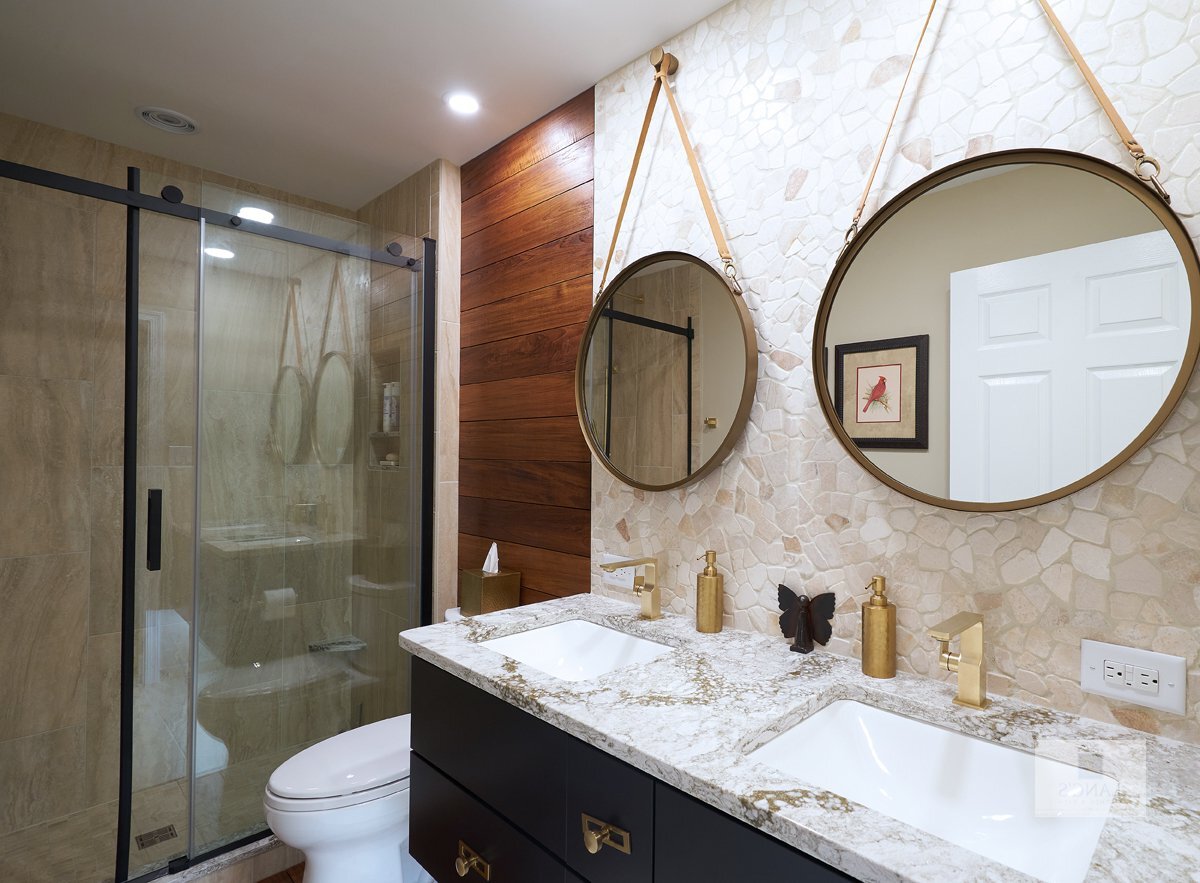

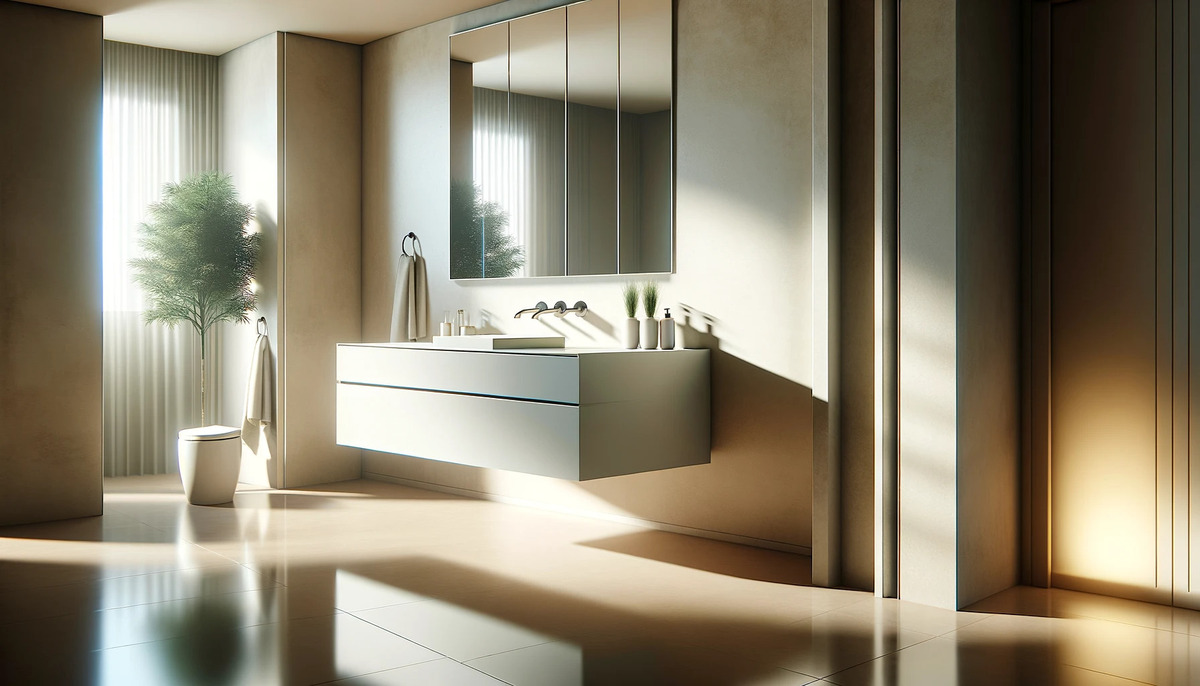
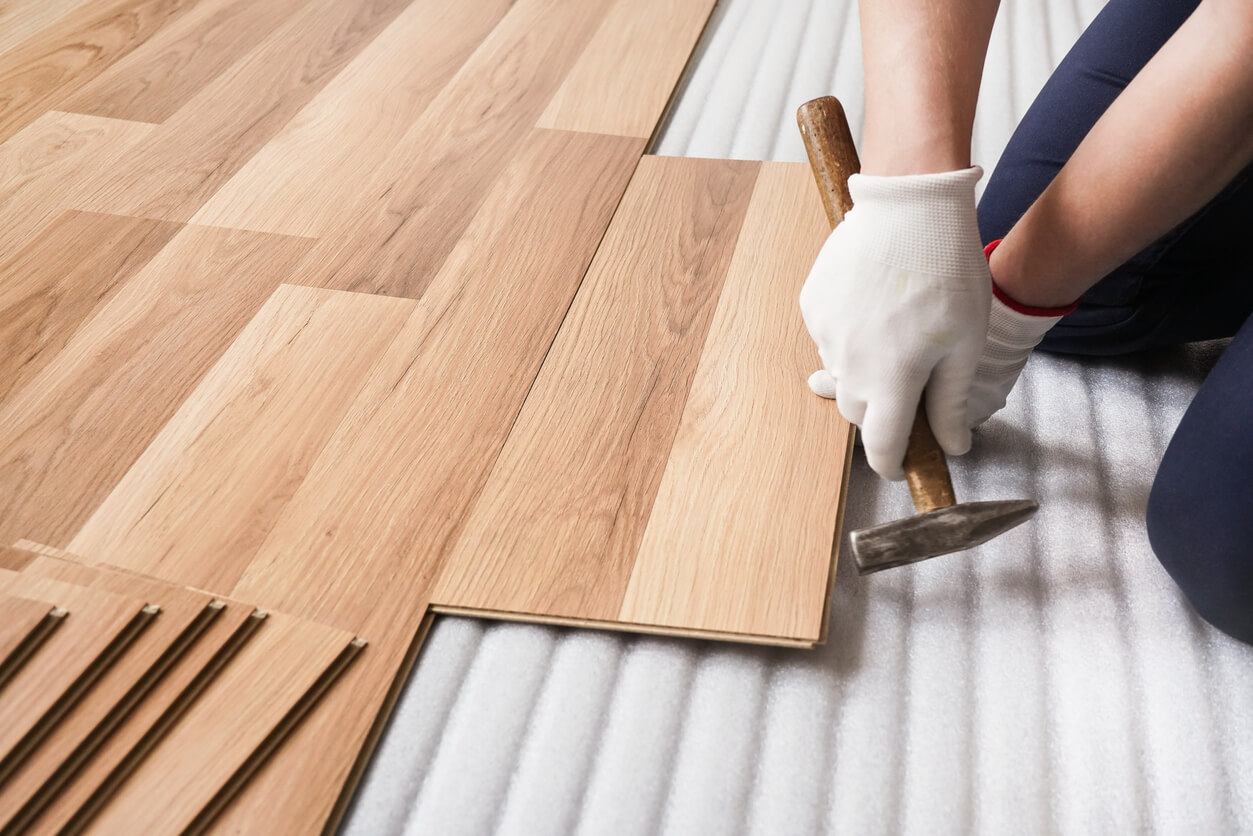

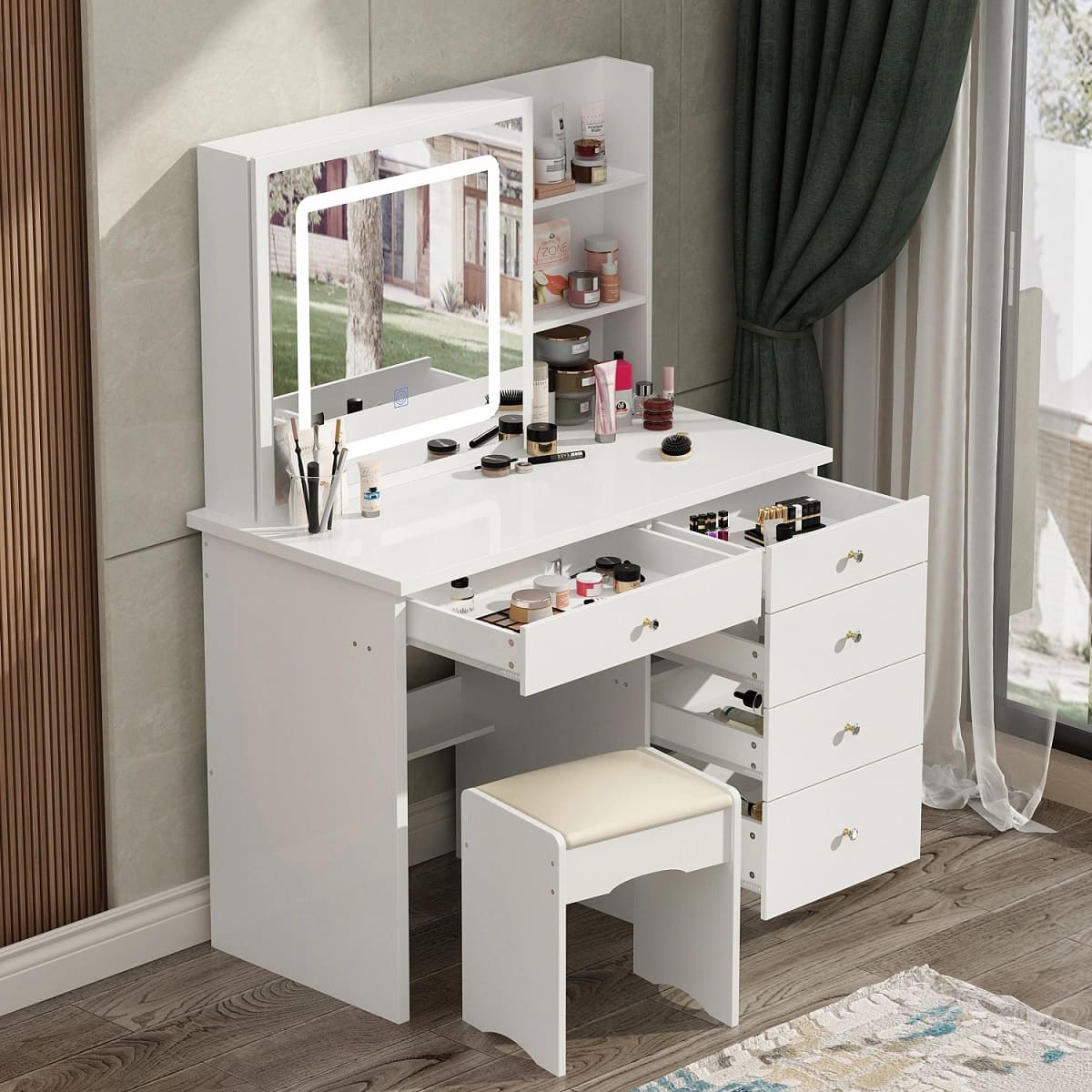
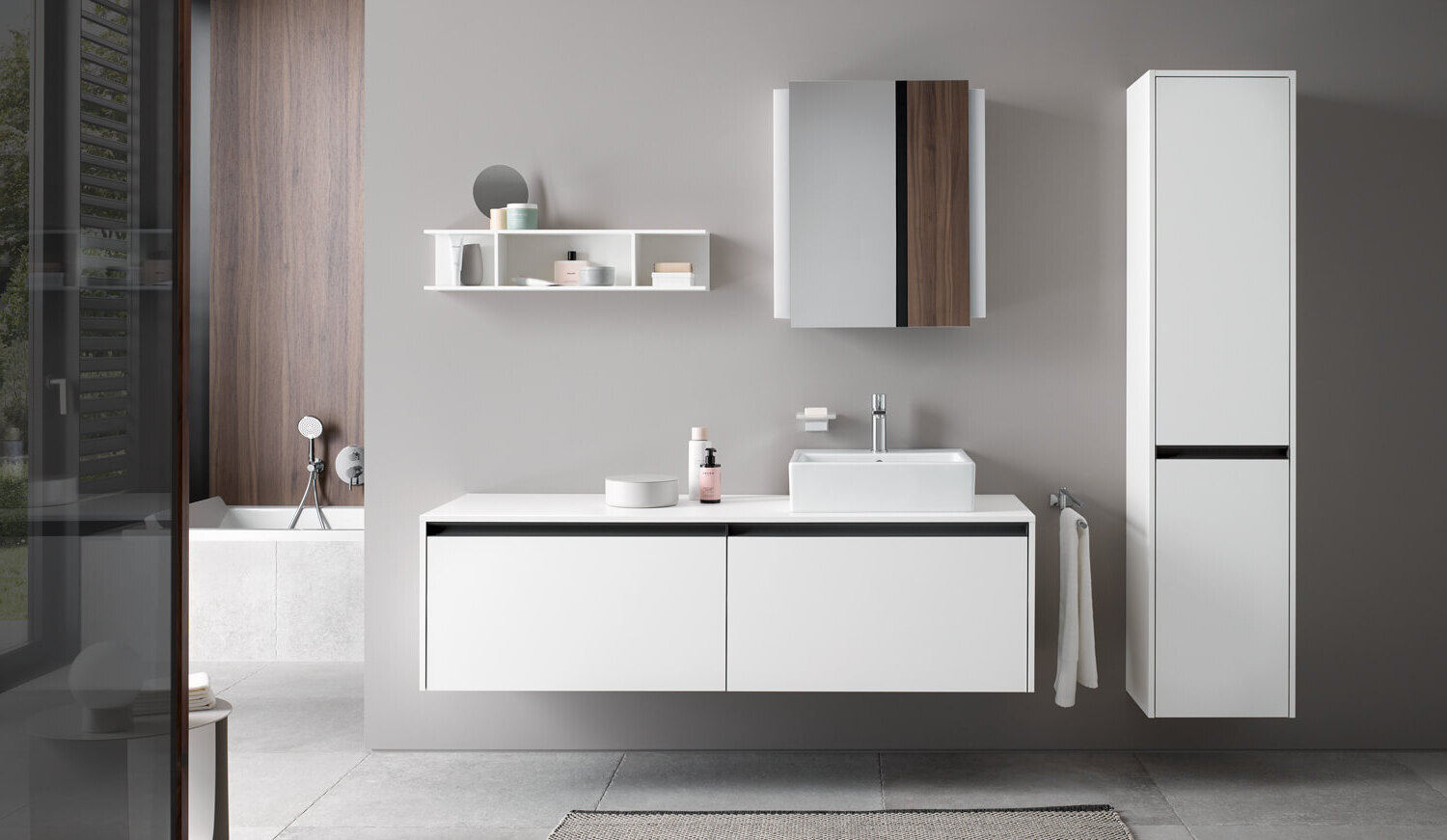

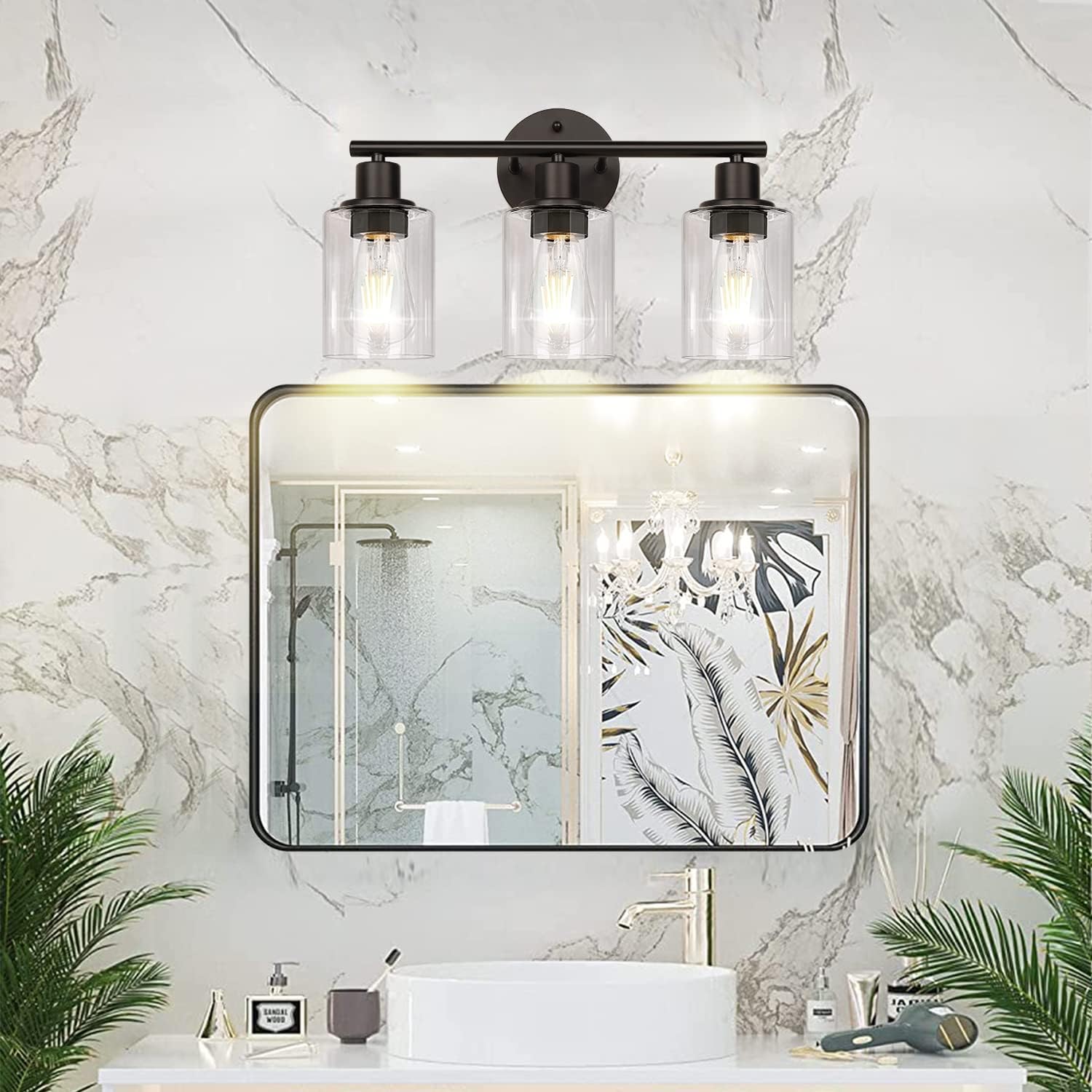
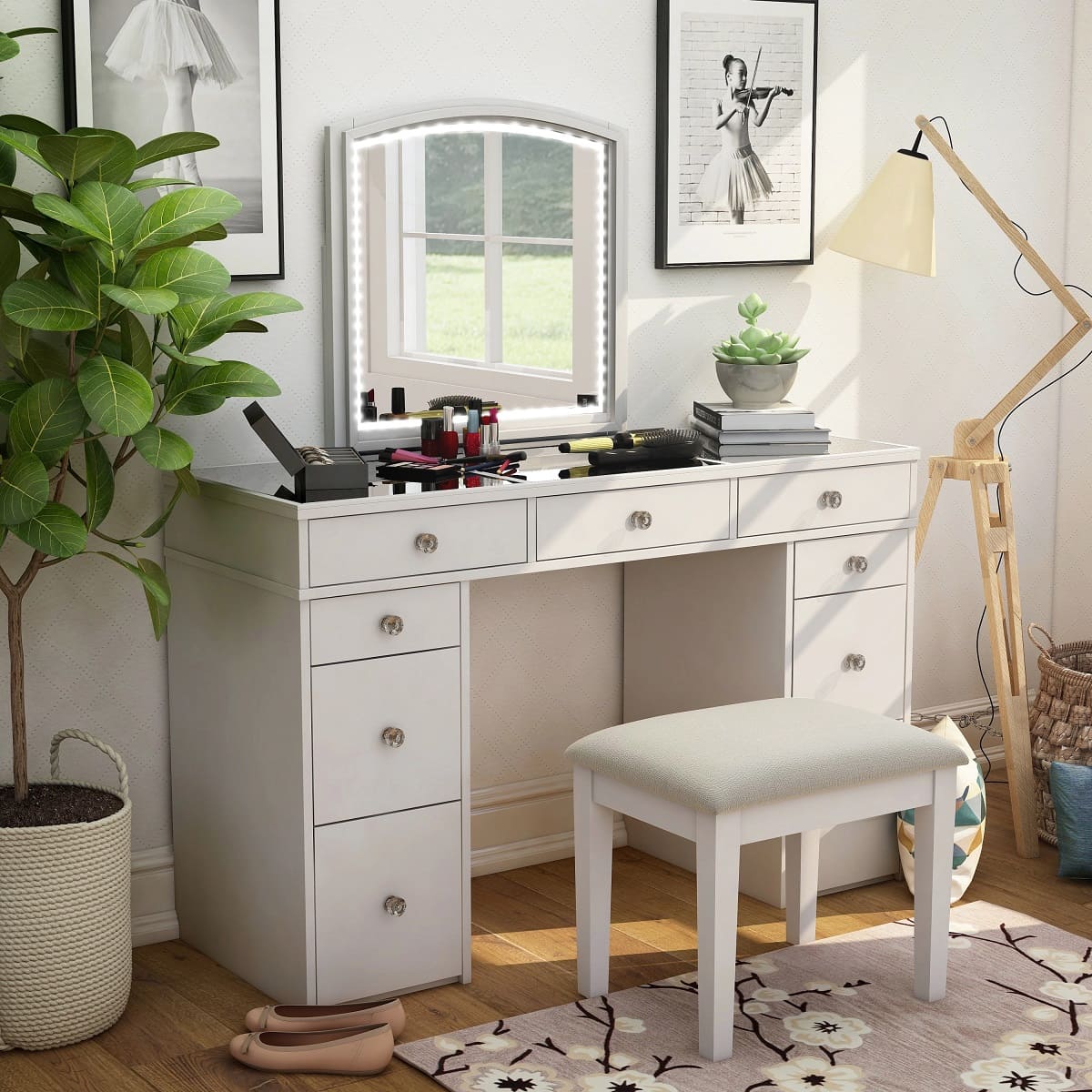
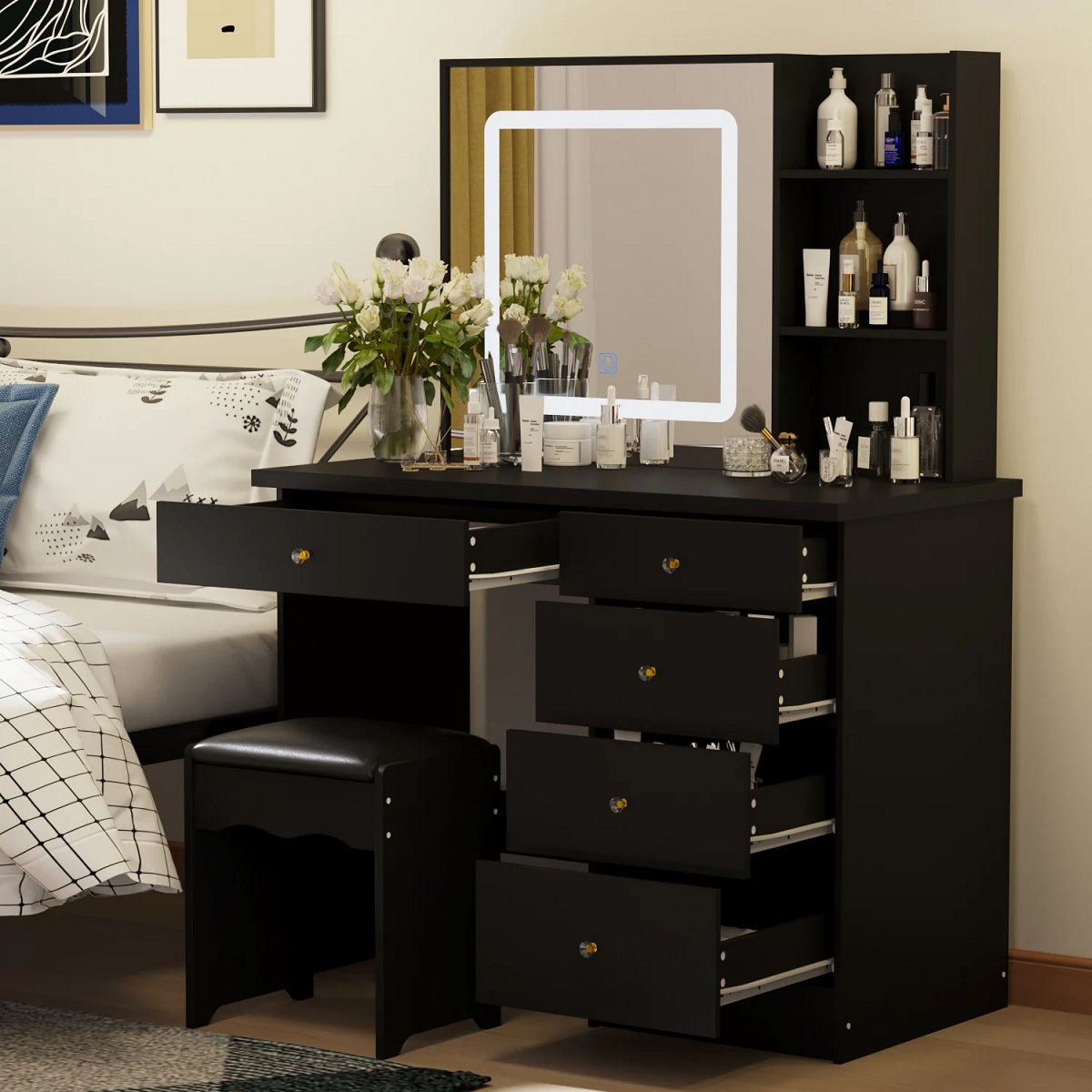
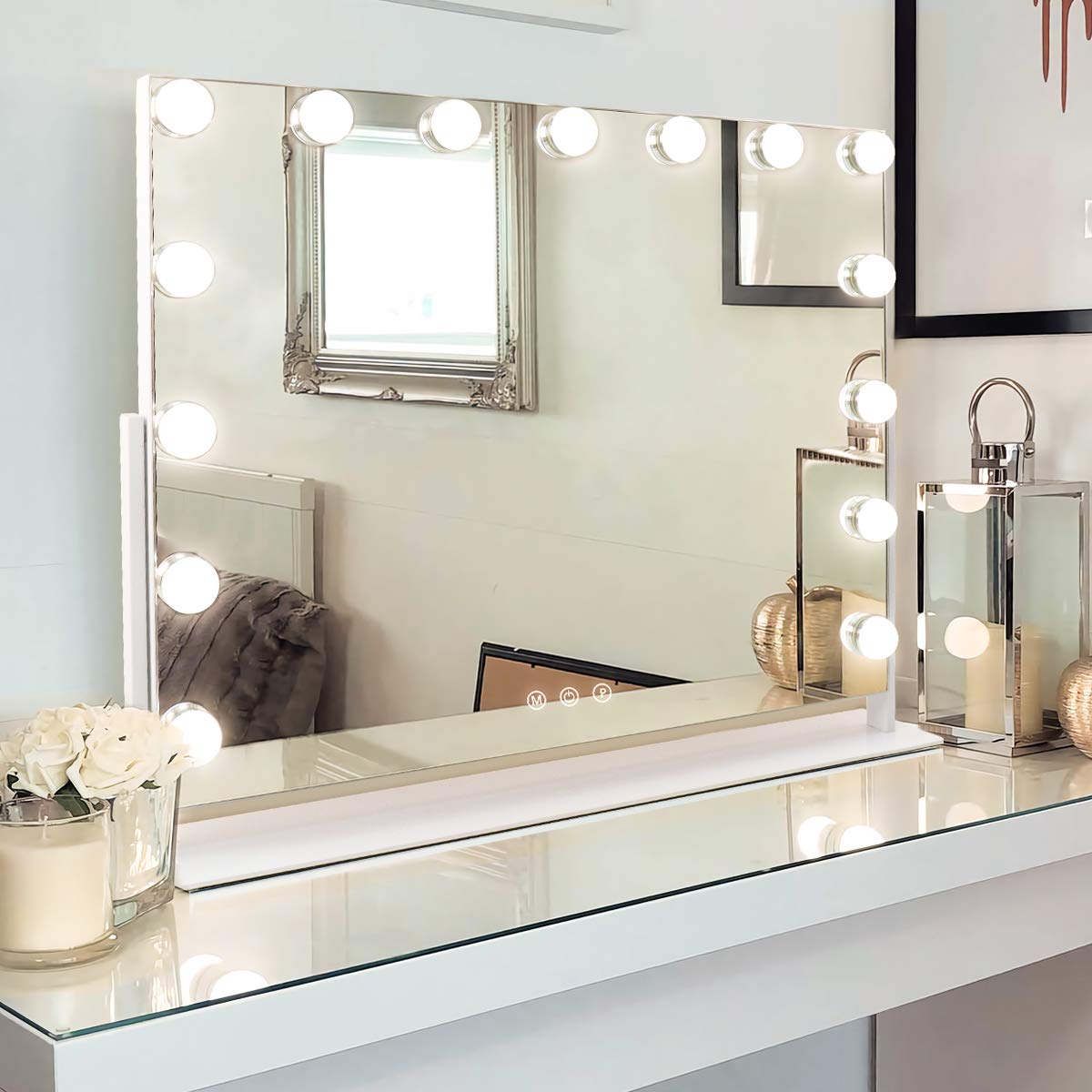
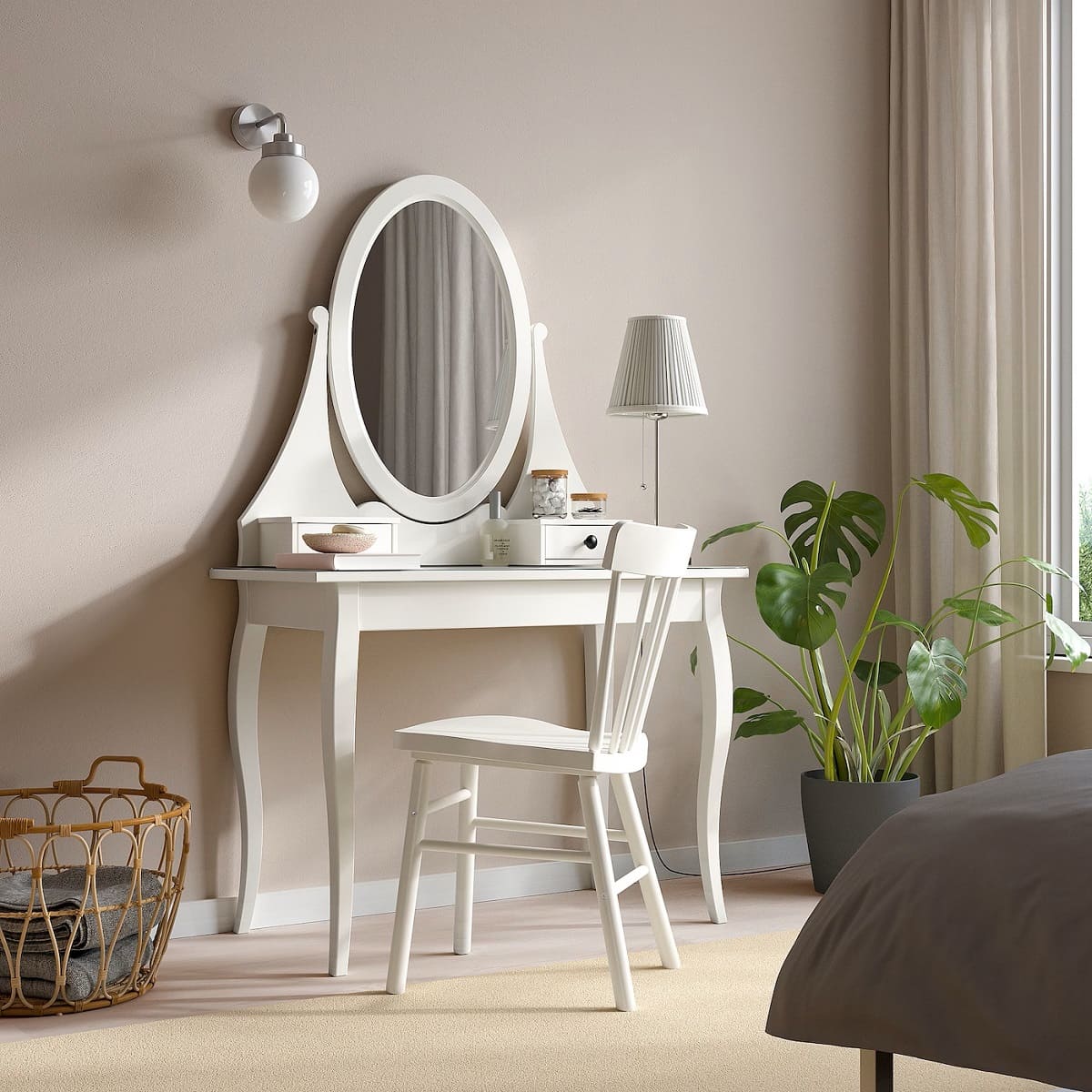
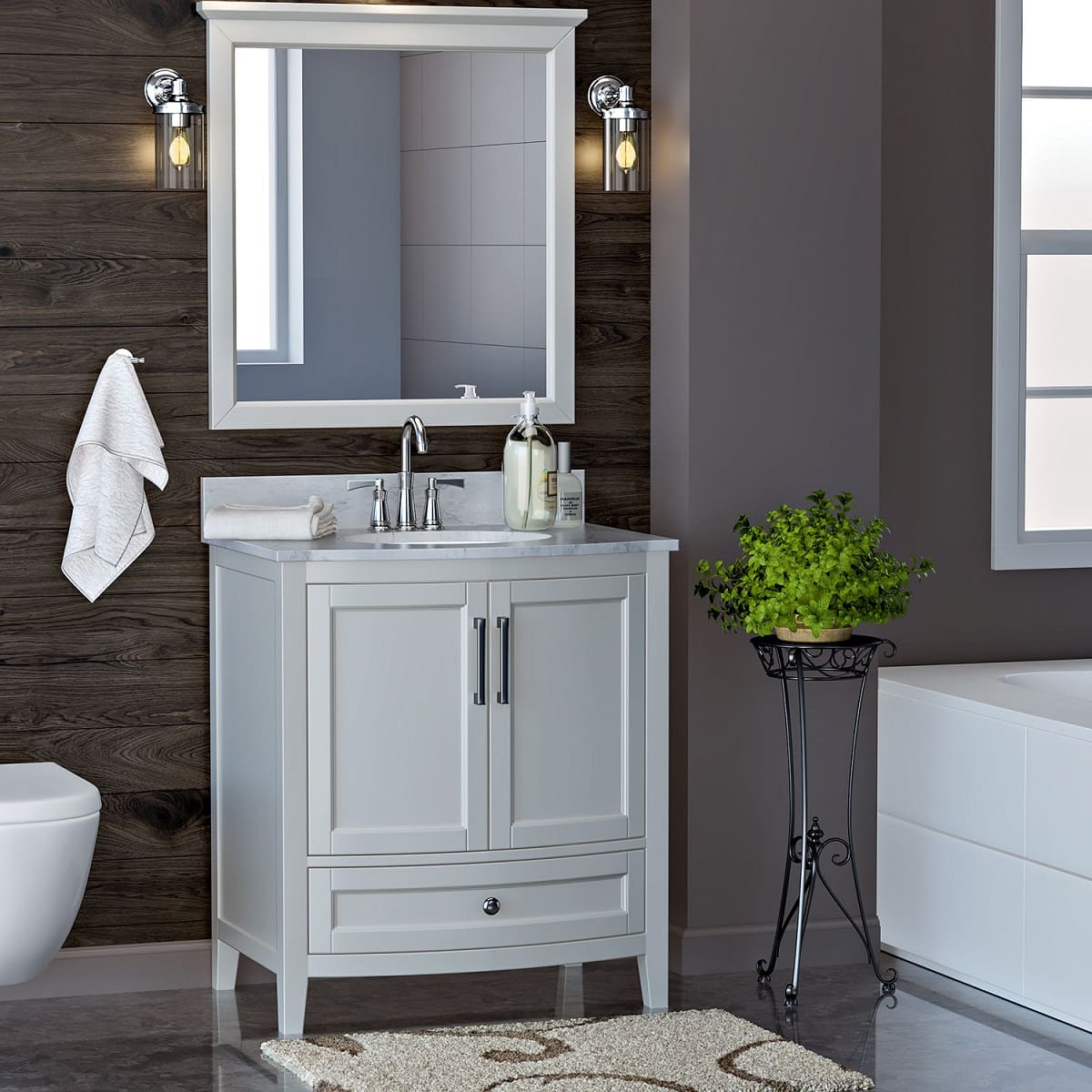

0 thoughts on “What Is A Floating Vanity”